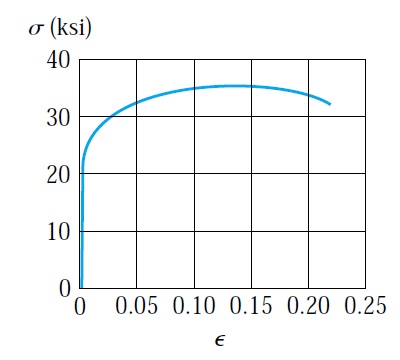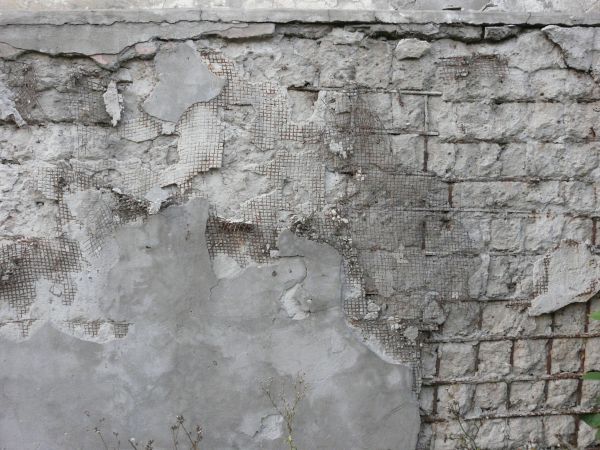Bridge Diaphragm
The main function of diaphragms is to provide a stiffening effect to deck slab in case bridge webs are not situated directly on top of bearings. Therefore, diaphragms may not be necessary in case bridge bearings are placed directly under the webs because loads in bridge decks can be directly transferred to the bearings.On the other hand, diaphragms also help to improve the load-sharing characteristics of bridges. Diaphragms also contribute to the provision of torsional restraint to the bridge deck. Diaphragm will be used also to resist stresses that occurs during the post-tensioning process. Post-tensioning hardware are casted inside the diaphragm.

Types of diaphragm:
- Diaphragm at the span end: this type of diaphragms will be located between two bridge spans or at the bridge abutments. Expansion joints will be used to connect bridge spans. This expansion joint will be installed on the diaphragm, as shown in detail A in figure no:2.

In the figure, no 3we can see diaphragm located above the abutment — the expansion joint placed between the diaphragm and the backwall. Backwall cast with the abutment. Approach slab connected to back wall. Approach slab provided to ensure smooth driving, and it is a transition zone between embankment and bridge.
The figure no 4 showing the reinforcement for abutment diaphragm
- Intermediate diaphragm: this diaphragm located above the pier column for continuous spans. This type of diaphragm will not receive expansion joint, and it will transfer the loads from the spans from both sides.
Diaphragm reinforcement sample



















Comments
Post a Comment